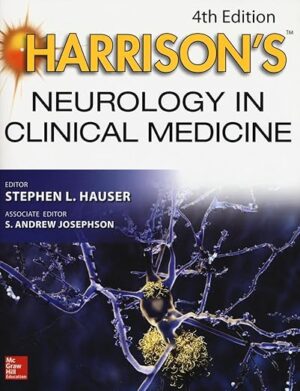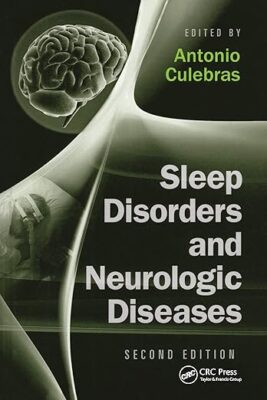Comprehensive Management of Skull Base Tumors 2nd Edition
The consummate guide on the contemporary management of complex skull base tumors from renowned multidisciplinary experts!
FOUR STARS from Doody’s Star Ratings™
An increased understanding of the biology and molecular characterization of skull base tumors has led to innovative new approaches. Endoscopic tumor resection, surgical reconstruction, and advances in radiation delivery, chemotherapy, and targeted biologic therapy, have greatly expanded treatment options for patients with these challenging tumors. The updated second edition of Comprehensive Management of Skull Base Tumors by master surgeons Ehab Hanna, Franco DeMonte, and an impressive group of global experts reflects expanded knowledge of skull base tumors and evidence-based advances.
This generously illustrated second edition is organized into three sections with 42 chapters. Section I features expanded coverage of endonasal skull base anatomy and surgical principles, as well as radiotherapeutic advances such as proton therapy and stereotactic radiation. Section II is focused on site-specific procedures with emphasis on surgical approaches, and Section III focuses on tumor-specific considerations with emphasis on multidisciplinary treatment approaches. Core topics of this thorough book include pathology, genetics, diagnostic considerations, surgical reconstruction, rehabilitation, chemotherapy, functional outcomes, quality of life issues, neurocognitive assessment, and cerebrovascular management.
Key Features
- In-depth discussion of anatomic regions of the cranial base, including surgical anatomy, regional pathology, differential diagnosis, clinical assessment, diagnostic imaging, and surgical approaches
- Incidence, epidemiology, pathology, staging, multidisciplinary treatment, outcome, and prognosis for a wide range of neoplasms including squamous cell carcinoma, chondrosarcomas, chordomas, meningiomas, schwannomas, paragangliomas, pituitary adenomas, craniopharyngiomas, epidermoids, and fibro-osseous lesions
- Outstanding illustrations, surgical and clinical photos, imaging, tables, and videos new to this edition, enhance understanding of complex skull base tumors
The most comprehensive resource available today on the management and treatment of skull base tumors, this book is essential reading for neurosurgical and otolaryngology residents. It will also benefit surgeons who specialize in oromaxillofacial, craniofacial, and plastic and reconstructive surgery.
This book includes complimentary access to a digital copy on https://medone.thieme.com.

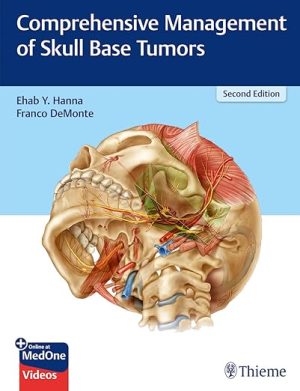



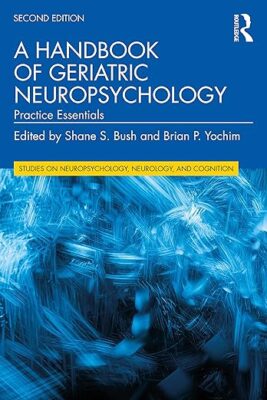

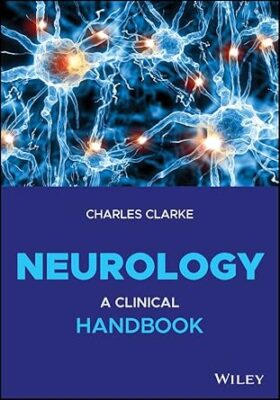
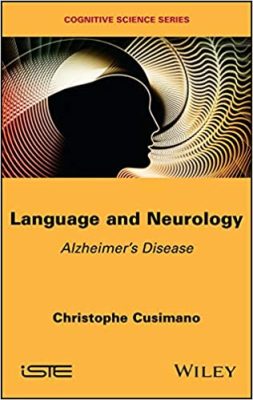 This book questions the relationship and compatibility between current beliefs in neurology and contemporary textual linguistic theories, interpretative semantics and discourse analysis.It begins with a critical examination of the screenings for Alzheimer�s type dementia through cognitive testing, particularly screenings where language is used. It then analyzes the various linguistic properties (morphological, syntactic and semantic) of the speech of Alzheimer�s patients, which can be troubling for both caregivers and their environment in general.
This book questions the relationship and compatibility between current beliefs in neurology and contemporary textual linguistic theories, interpretative semantics and discourse analysis.It begins with a critical examination of the screenings for Alzheimer�s type dementia through cognitive testing, particularly screenings where language is used. It then analyzes the various linguistic properties (morphological, syntactic and semantic) of the speech of Alzheimer�s patients, which can be troubling for both caregivers and their environment in general.